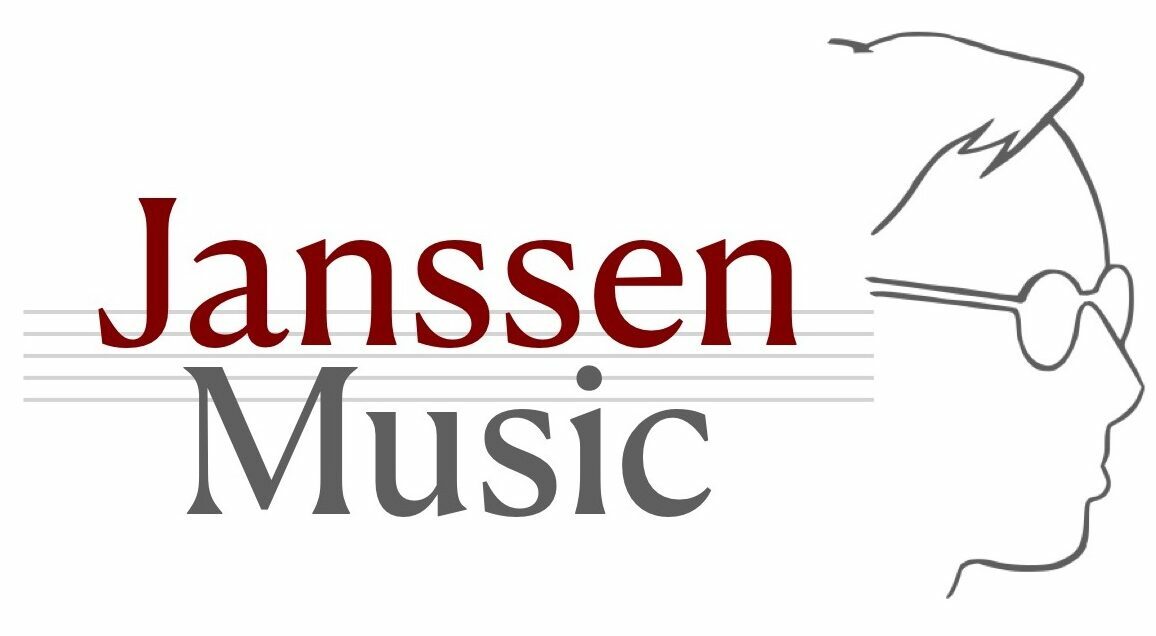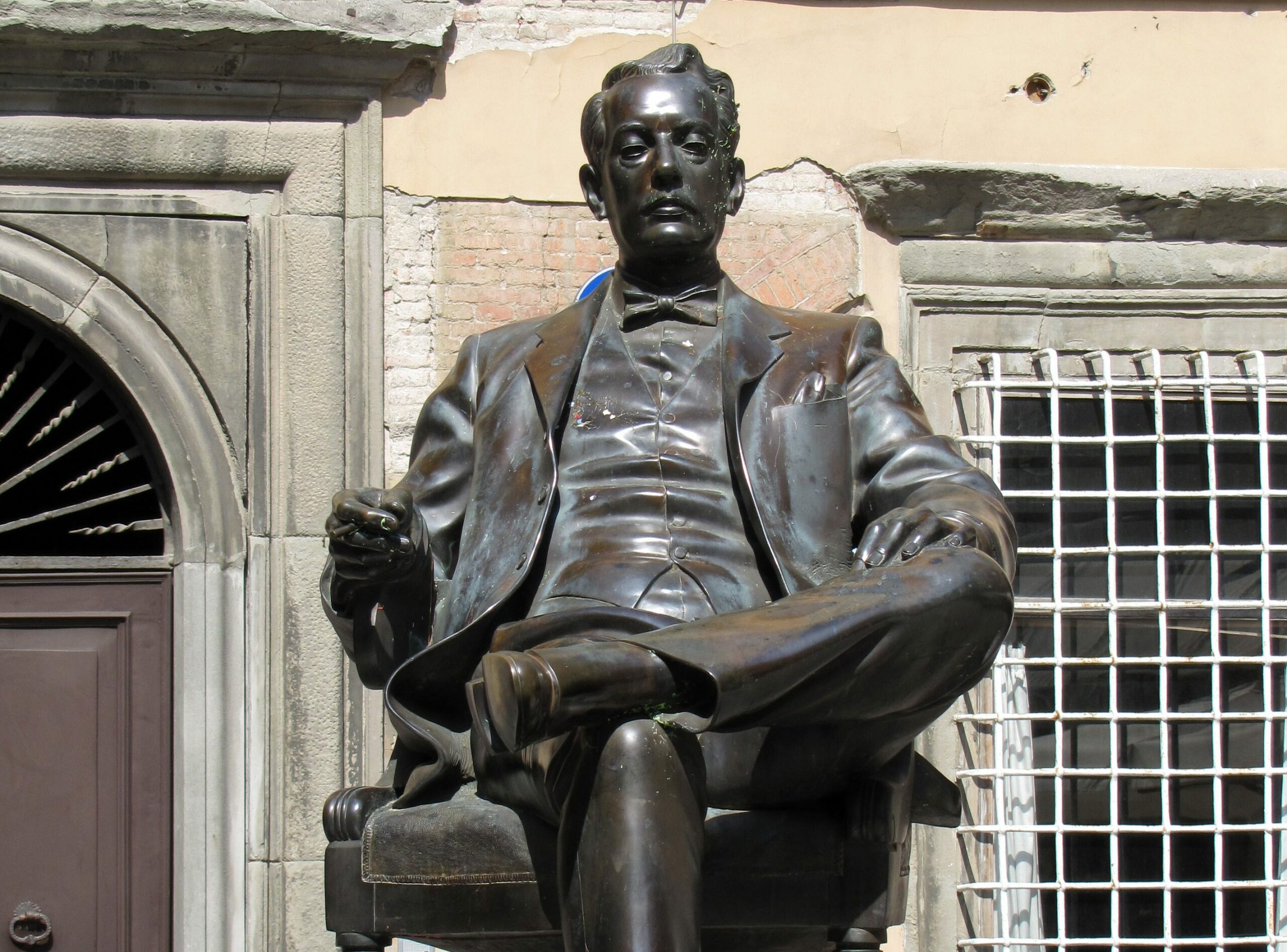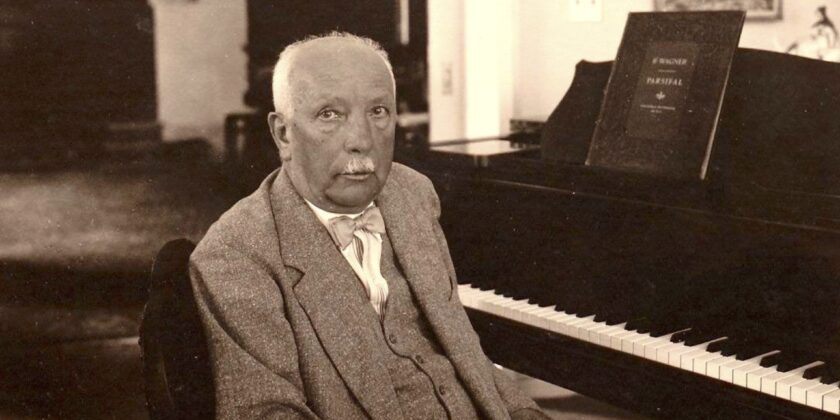Suite de Ballet – Gustav Holst
Gustav Holst’s ‘Suite de Ballet’ (Op. 10) is an orchestral work he composed in 1899. It is one of his lesser-known works, but it shows an interesting use of orchestration and rhythmic variations. The suite is inspired by dance music, although it was not specifically intended to accompany a ballet. The ‘Suite de Ballet’ is rich in orchestral textures and offers a variety of rhythms and styles, from playful and light to more serious and dramatic. It’s part of Holst’s search for a style of his own, in which he combined elements of traditional English music with more modern influences.
The ‘Suite de Ballet’ consists of four movements: 1. ‘Danse Rustique’, 2. ‘Valse’, 3. ‘Scene de Nuit’, 4. ‘Carneval’. Although it is not one of Holst’s best-known works, such as ‘The Planets’, it shows the composer’s versatility and his skill in creating compelling orchestral music.
Publisher: → Baton Music
explanation text: © baton music





